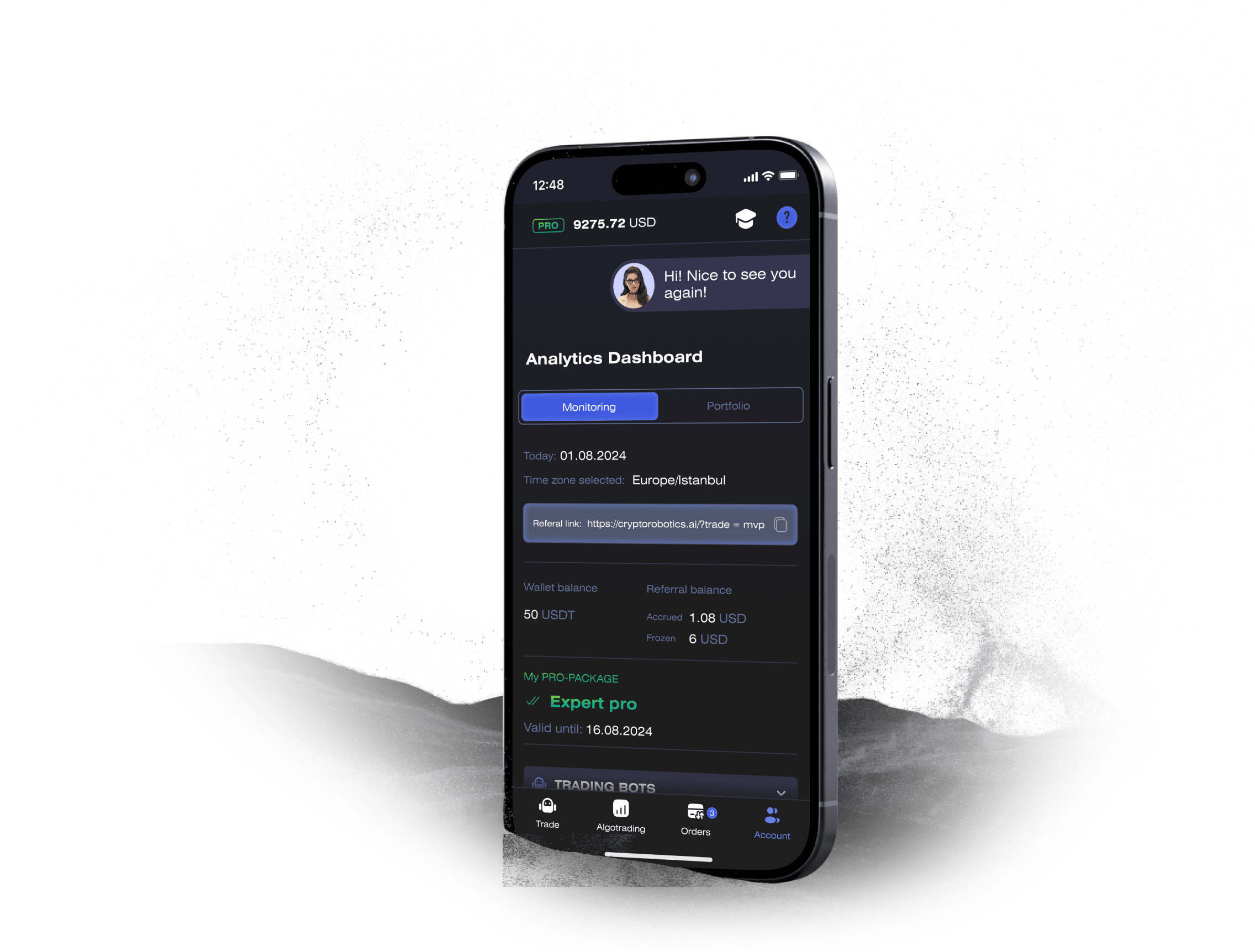Published: January 31, 2025 at 5:53 am
Updated on January 31, 2025 at 5:53 am
We use cookies to help you navigate efficiently and perform certain functions. You will find detailed information about all cookies under each consent category below.
The cookies that are categorized as "Necessary" are stored on your browser as they are essential for enabling the basic functionalities of the site. ...
Necessary cookies are required to enable the basic features of this site, such as providing secure log-in or adjusting your consent preferences. These cookies do not store any personally identifiable data.
Functional cookies help perform certain functionalities like sharing the content of the website on social media platforms, collecting feedback, and other third-party features.
Analytical cookies are used to understand how visitors interact with the website. These cookies help provide information on metrics such as the number of visitors, bounce rate, traffic source, etc.
Performance cookies are used to understand and analyze the key performance indexes of the website which helps in delivering a better user experience for the visitors.
Advertisement cookies are used to provide visitors with customized advertisements based on the pages you visited previously and to analyze the effectiveness of the ad campaigns.


Teleport’s closure is a stark reminder of the roadblocks that decentralized ridesharing apps face. They had big dreams of disrupting the likes of Uber and Lyft, but reality hit hard. It wasn’t just a tech issue; rather, they ran into the usual suspects: regulatory hurdles, user adoption struggles, and the overwhelming presence of established players. So, what can we learn from this? Let’s dive into the obstacles and the lessons for the next wave of blockchain startups.
Teleport entered a battlefield already dominated by giants with strong network effects. You know, that classic “chicken-and-egg problem” where you need drivers to get riders and vice versa. With Uber and Lyft already ingrained in users’ habits, Teleport’s “permissionless marketing” and user incentives to recruit others weren’t enough. The foundational network effects of these established platforms made it incredibly challenging for a newcomer to carve out a space.
On top of that, Teleport had to navigate through a maze of transportation regulations. Different jurisdictions have their own rules, and maintaining a decentralized structure while complying was no easy feat. And let’s not forget the technical side; the platform had to ensure that its protocol could manage the complexities of ridesharing, including identity verification, background checks, and payment processing.
Getting non-crypto native users to jump ship to a blockchain-based platform was another mountain to climb. Teleport believed they could ease the transition by allowing credit card payments and mimicking familiar UI designs. But, the steep learning curve associated with blockchain technology and its volatility was a turn-off for many potential users. The question of economic viability loomed large, impacting their ability to generate stable revenue.
The first lesson is that market research is critical. If there’s no broad market to tap into, sustainable growth is a tall order. Understanding actual user needs is more valuable than chasing trends.
If your tech is too costly or complicated, you’re going to hit a wall. Balancing cutting-edge innovation with affordability is key to winning over users. Make it as easy to use as existing solutions, but with added perks.
Before launching, make sure the tech works. Blockchain in ridesharing? It’s complicated and requires thorough testing to avoid setbacks.
Overcoming established players’ network effects is crucial. Prioritize distribution and built-in growth mechanisms from the get-go. Teleport tried enticing early adopters with rewards, but it needs to be executed perfectly to gain momentum.
Many crypto projects trip over their own tech. They forget to make it accessible and useful to the average user. A seamless experience is a must.
Regulatory issues are a common pitfall for blockchain and crypto startups. Adhering to existing regulations and navigating the landscape is essential for maintaining investor confidence.
The blockchain industry is ever-changing. Startups must be adaptable and resilient, able to pivot and iterate based on customer feedback and market demands.
Scalability is a pressing challenge for dApps. Traditional blockchain networks often struggle with processing a high volume of transactions efficiently. Thoughtful integration of blockchain into existing industries is necessary.
The decentralized nature of dApps complicates regulatory concerns, especially when traditional frameworks are based on centralized systems. Navigating this uncertainty is crucial.
User-friendly interfaces are vital for mass adoption. dApps often lack the ease-of-use and performance that users expect, so seamless experiences are necessary.
dApps can be vulnerable to security issues if programming isn’t robust. The immutable nature of blockchain complicates making changes or fixing bugs.
Balancing the interests of drivers and riders is a challenge. Lowering costs for passengers while maximizing profits for drivers needs innovative solutions.
Building a decentralized rideshare app comes with its own set of barriers. Traditional companies have heavily invested in their platforms, making competition tough. However, platforms like DIMO could pave the way by offering prebuilt infrastructure and verified data.
Teleport’s closure underscores the obstacles that decentralized ridesharing apps face. With intense competition, regulatory hurdles, technical challenges, and user adoption issues, success is far from guaranteed. However, by learning from these experiences and focusing on market research, affordability, technical feasibility, and user experience, future blockchain startups can improve their chances. Integrating blockchain into traditional industries is no small feat, but with careful planning and collaboration, it can be done.
Access the full functionality of CryptoRobotics by downloading the trading app. This app allows you to manage and adjust your best directly from your smartphone or tablet.

News
See more



Blog
See more